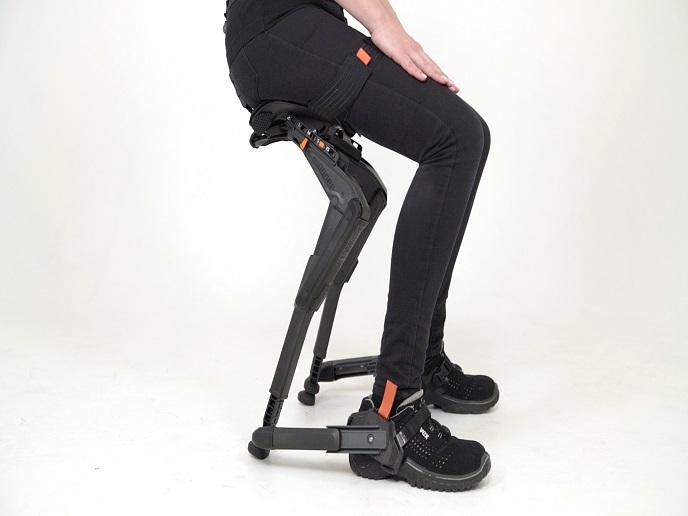Improved suspension seats ease discomfort
The dynamic performance of suspension seats can significantly affect workers in various occupations who are exposed to vibration, for example operators of on-road and off-road vehicles, small marine craft and trains. Therefore the VIBSEAT project sought better working conditions for such operators by offering means of evaluating suspension seat performance in the horizontal and rotational axes. In order to supply industry with the technology for creating marketable seats which can isolate vibration in these axes, field trials were necessary for acquiring representative measurements of vehicle vibrations. Furthermore laboratory studies were needed to evaluate human factors such as the body's resistance as well as discomforts which the vibrations may cause. In relation to discomfort in particular, its rate of development and its absolute level were examined. Additionally, primary locations of discomfort stemming from exposure to roll, lateral, pitch and oscillation of persons seated on a flat rigid seat and on a rigid seat with a backrest were tested. Results indicate that the use of a backrest lessened discomfort and that subjects were more sensitive to rotational oscillation than to translational oscillation. The dissemination of these findings can be useful in providing a standard for the testing of seats designed to lessen exposure to horizontal whole-body vibration.







